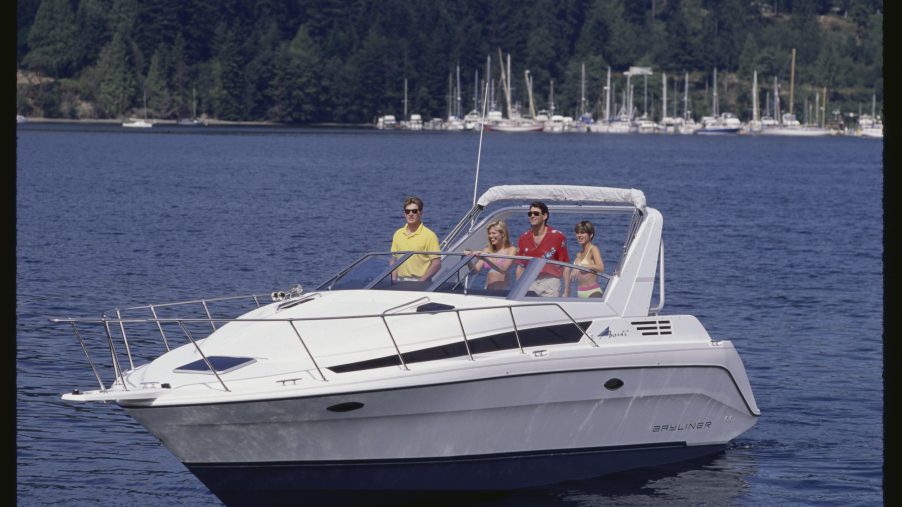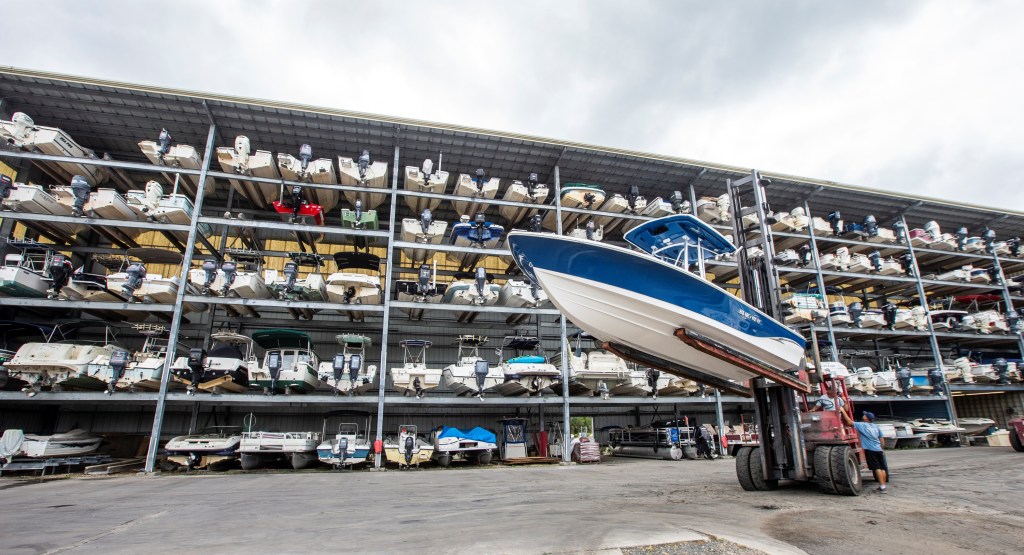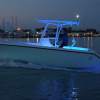
Winter Boat Storage Options: What You Need To Know
Not everybody is a boating expert. For those who are learning about ownership, this post is about the famous questions: What do you do with your boat during the Winter? Is it safe to leave the boat in the water year-round?
Boats and Winter

Winter weather states, that is, states that are prone to freezing temperatures, are a big concern for boat owners. Ice is the big culprit of the fears, of course. That is because ice can crush a vessel’s hull. More moderate climates or tropical ones will, by nature, not have as much ice or freezing temperatures. So, care for a boat will look different there than in the Winter weather states.
Home and wet slips
The least expensive option for boat storage is home. Many people are fortunate enough to have a big enough garage or driveway to be able to store their vessel at home. That’s great! It saves money. But, don’t forget to winterize it before you cover it for the season. This option means that your watercraft is available to you year-round.
For areas where freezing is not a concern, wet slips are available at various marinas for a small fee. Wet slips provide a pier or mooring for securing the boat. In this situation, you should still take care to winterize and cover the watercraft. This option also ensures that you can head out on the water anytime. However, keep in mind that depending on water temperature concerns, you may need to install a water agitator (also known as an ice-eater or heater). This keeps the water closest to the boat from icing.
Dry outdoor and indoor boat storage
If you are unable to store the boat at home or at the wet slip, dry boat storage options are available. Many marinas and boatyards offer a dry dock option. The options can be both indoors and outdoors. Of course, an enclosed dry dock facility, often called a boatel, is often the pricier option. Both of these facilities will typically lift your vessel out of the water and slide it into an open bay in a building. Some of the facilities will charge flat rates while others will have a rate by-the-foot.
These two storage options, the dry outdoor and dry indoor storage, both mean that a little more planning will be required before you can head out on the water. You’ll have to call ahead to the marina or boatyard in order to schedule your boat’s availability. But, they also provide a more protected environment than a wet slip. Some facilities are even gated and have security cameras recording 24/7. With both cases, however, it is usually wise to winterize the craft before you cover it or have it professionally wrapped.
Weigh the pros and cons of boat storage
If you have the room to spare, storing your boat at home is ideal. Of course, that is not always an option. So, you’ll have to weigh the pros and cons of wet slips, dry outdoor, and dry indoor storage. Prices will vary for each depending on location, as will the accessibility to your treasured vessel. Ponder it carefully. Nobody wants their boat damaged or missing when boating season returns next season.


